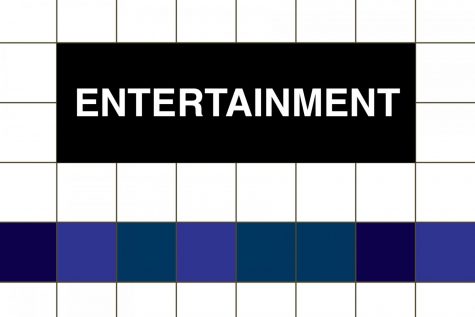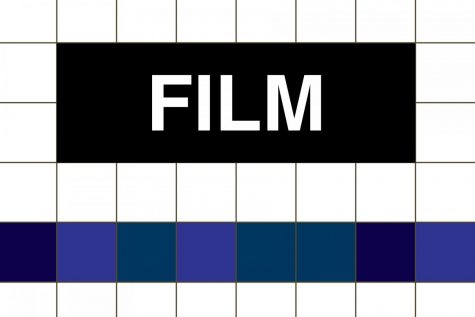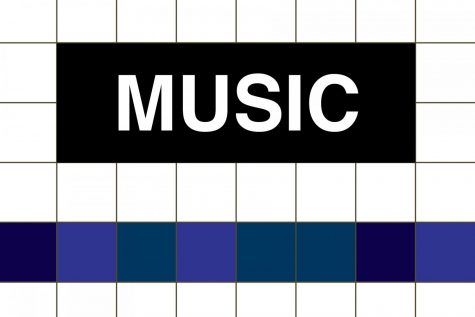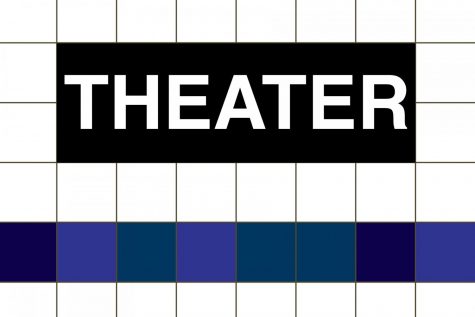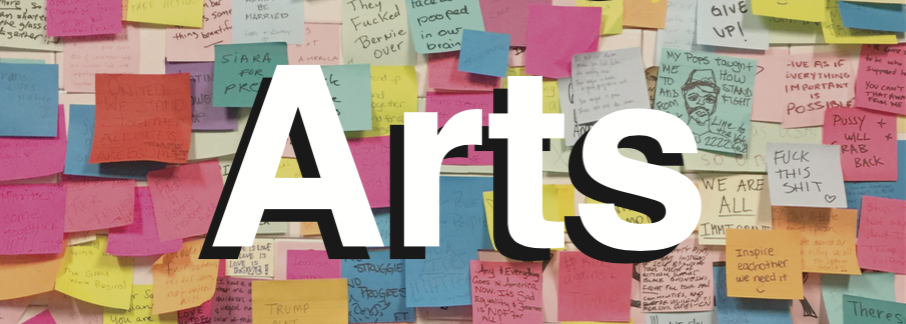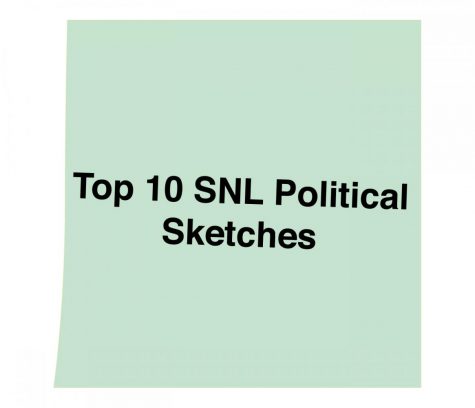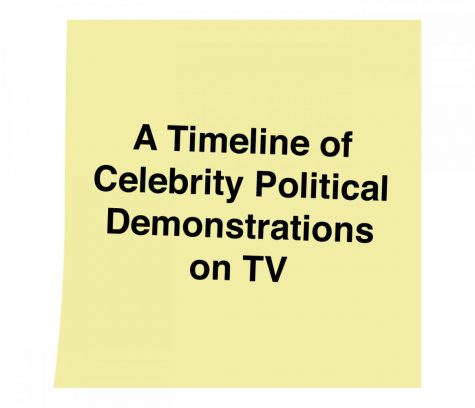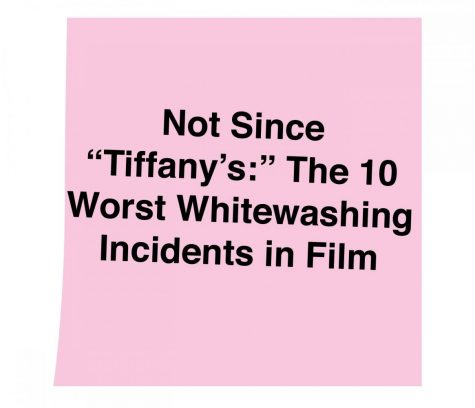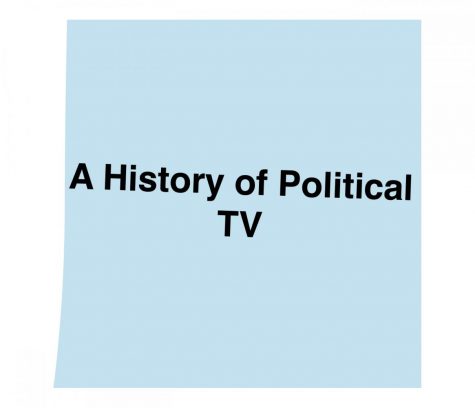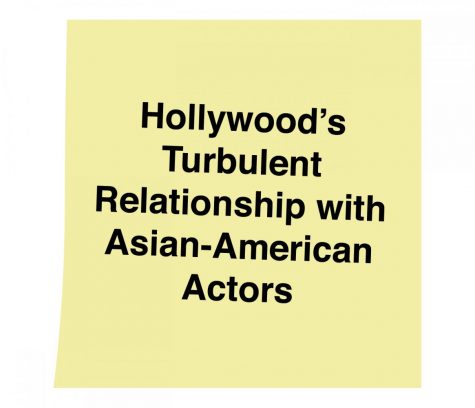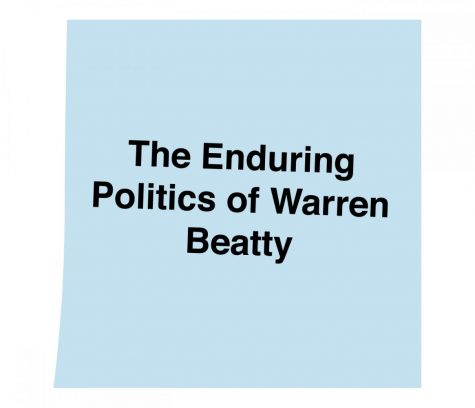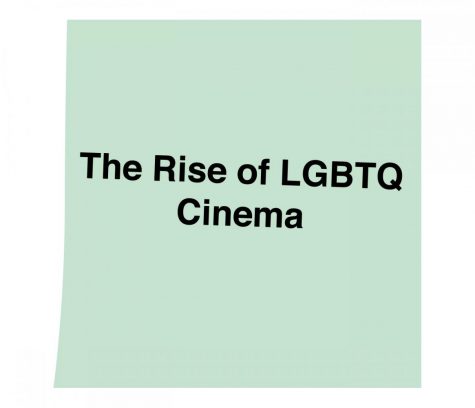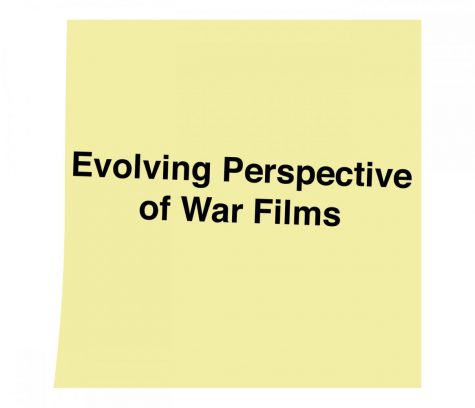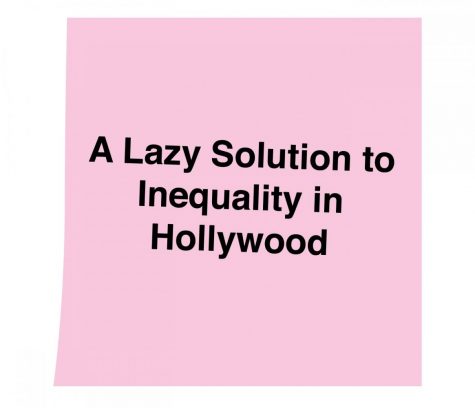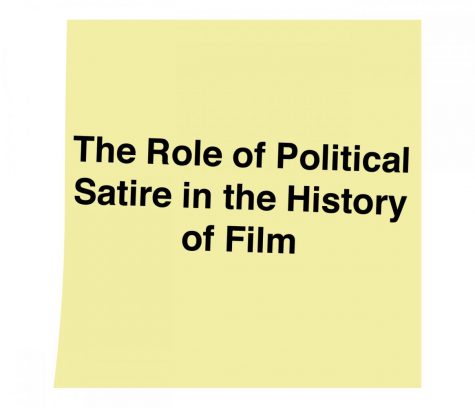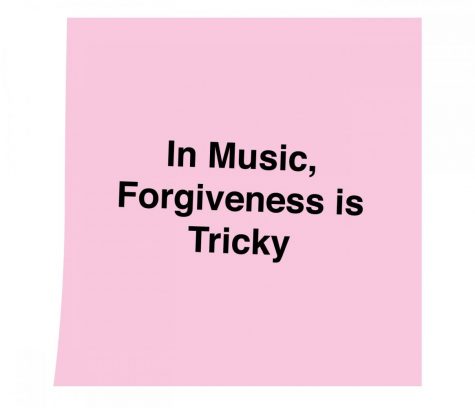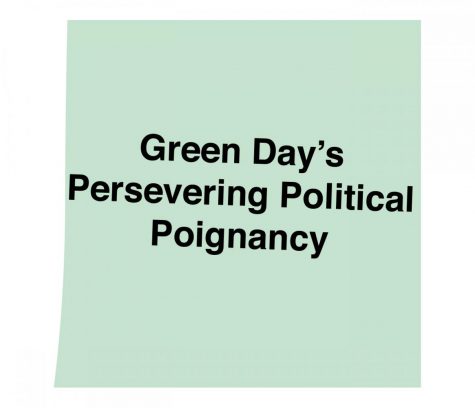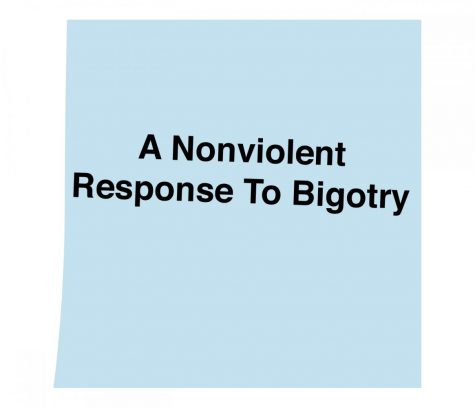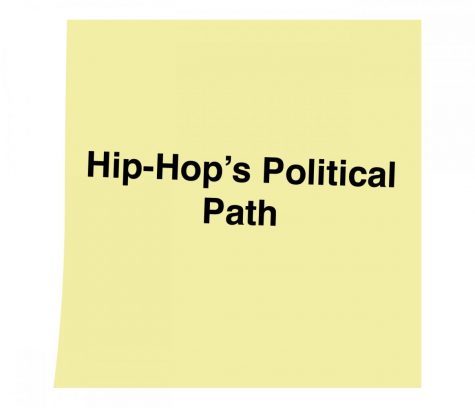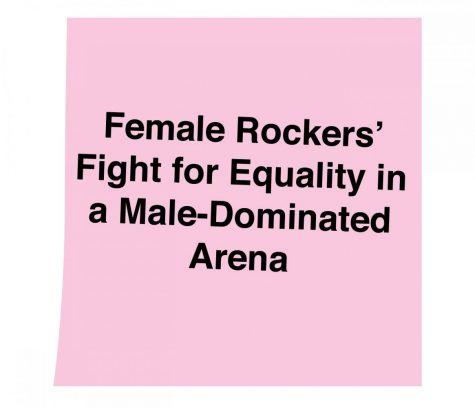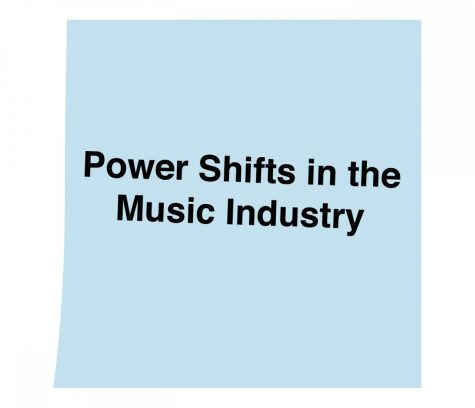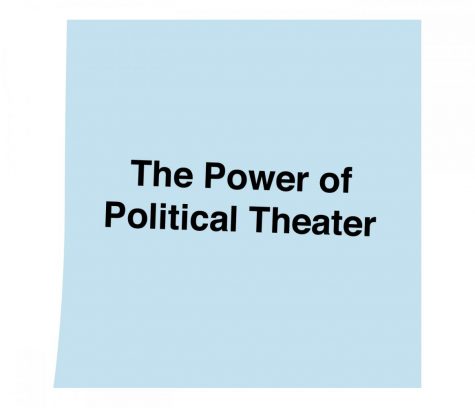The Arts Issue: Political Art
October 5, 2017
I’m a politics major who somehow wound up as the Arts Editor for this fine establishment, so it’s really all too obvious how I came up with the idea for this issue. My passion lies in politics and in art, so here we are.
Art can soothe; it can heal, but it can also instigate and question. As with the sticky notes that adorned the walls of the Union Square subway station in the days and weeks following the presidential election last year, art can serve as a vessel for emotion, for political messages and for love.
The sticky notes fascinated me, and I found myself spending upwards of an hour wandering along the passageway, reading each message one by one.
“Always love. Hate will get you everytime.” “You should’ve voted.” “Don’t forget the way you feel right now.” “Immigration is beautiful.” “We will fight and we will protect each other.” “Voting is not enough. Thinking is not enough. Talking is not enough. Are you doing enough?”
These short anonymous messages intrigued me to no end, and in a way, they were comforting. They were a physical representation of those acting against the president-elect, a number that we’d come to learn was far larger than the number who’d voted for him. The sticky notes lined the entirety of the subway stop, and as days went by it became increasingly difficult to find the actual wall.
Art can do that: make you feel like you’re part of something larger than yourself. Some of the articles in this issue deal with the importance of representation in art — how seeing yourself on a screen can validate experiences that you’ve endured. It can challenge your predisposed beliefs and teach you more about a topic you thought you knew everything about. Art can do almost anything.
With this issue, I wanted to explore how art and politics intersect in various ways. In reality, all art is political, whether it’s a conscious choice from the artist or not. There is no art that is created in a vacuum, and any choice to make non-political art is, of itself, political. Especially now, art has the power to change the world.
— Jordan Reynolds, Arts Editor
